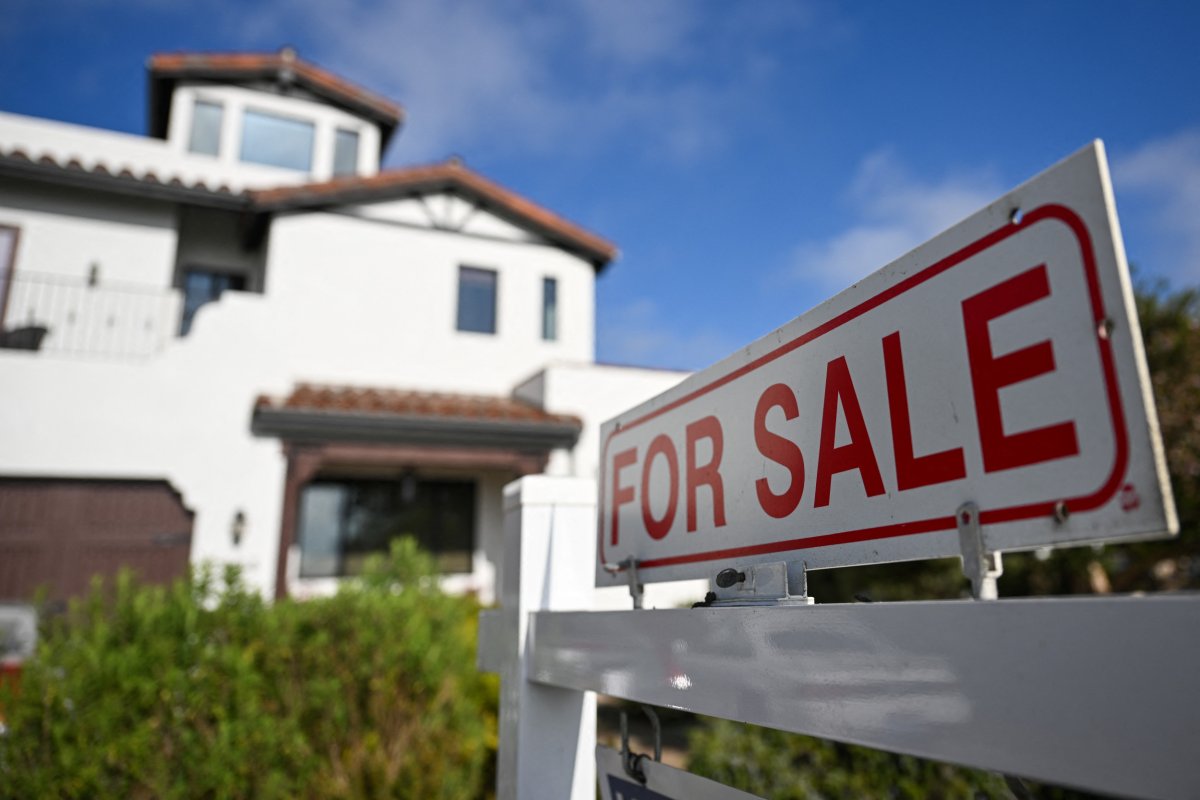As the race tightens between Vice President Kamala Harris and former President Donald Trump, some voters have their eyes set on how the two candidates would impact the housing market.
For many Americans, purchasing a home remains out of the question due to the high costs in today’s market. A recent analysis by Freddie Mac found that there would need to be at least 1.5 million more homes to solve the country’s housing shortage.
The difference between Harris and Trump’s vision for the housing market is really a difference between change at the federal level versus state and local ones, said Alex Beene, a financial literacy instructor for the University of Tennessee at Martin.
“At the core of the Republicans’ arguments on this issue is the idea of state and local regulations causing prices to rise, and if those regulations could be eliminated, that would go some way in lowering the pricing burden,” Beene told Newsweek.

PATRICK T. FALLON/AFP via Getty Images
While the housing market saw a boom during the pandemic amid low mortgage rates, the market has stalled since the middle of 2022. The median price of a home today is over $438,000, according to recent Redfin data.
To help solve this crisis, Harris’ campaign has promised a federal $25,000 tax credit for new homebuyers as well as a multimillion-dollar push to develop new housing in areas struggling most with affordability.
“It’s hard to say on either front if these proposals will actually come to fruition or if they’ll truly have any effect on pricing,” Beene said. “Despite rising interest rates, home values have remained stunningly high over the last few years. It’s very possible some of these proposals could have the opposite effect, as tax credits and fewer regulations could leave sellers thinking they can start to charge a premium on already high prices.”
The Joe Biden administration, which includes Harris, has already announced $100 million in community grants to remove barriers around affordable housing construction.
Harris has also pledged during her campaign to build 3 million new homes over the span of four years.
“Harris’ approach reflects a belief that government intervention can play a positive role in addressing market failures,” Michael Ryan, a finance expert and the founder of michaelryanmoney.com, told Newsweek. “By incentivizing construction and helping buyers, she’s trying to make homeownership more attainable.”
Trump’s housing policies have so far been less detailed and nuanced, Ryan said, but the former president has made a push to reduce housing demand by curbing illegal immigration and opening up federal land for home construction.
“Trump’s focus on immigration as a housing solution is particularly controversial,” Ryan said. “While reducing population growth could theoretically lower housing demand, economists warn it could also deplete the construction workforce, exacerbating supply issues.”
Due to this, Ryan said Trump’s plan is likely to face significant pushback and might not address the root causes of the housing crisis.
“Voters face a clear choice between Harris’ interventionist approach vs. Trump’s more market-driven vision,” Ryan said. “While Harris’ plan offers concrete proposals to boost supply, questions remain about its potential inflationary effects. Trump’s focus on immigration and deregulation may appeal to his base, but lacks specifics on how it would directly increase housing affordability.”
Newsweek reached out to Harris and Trump for comment.
